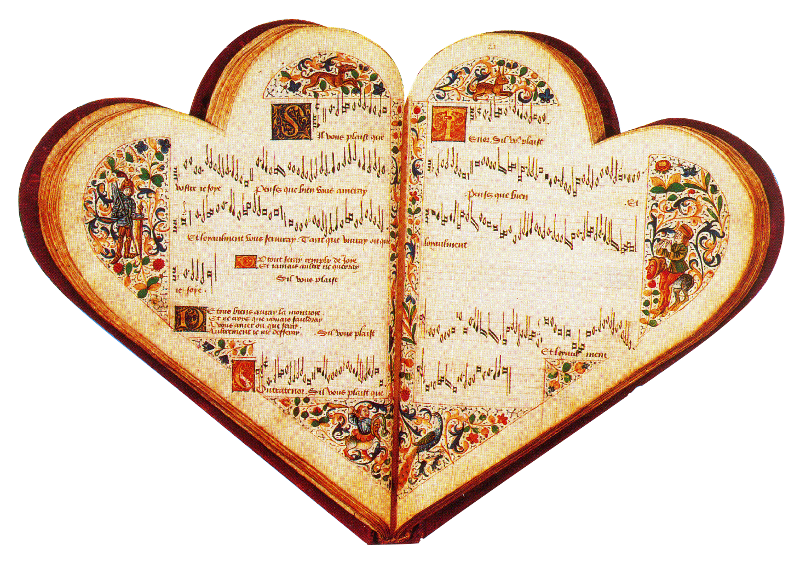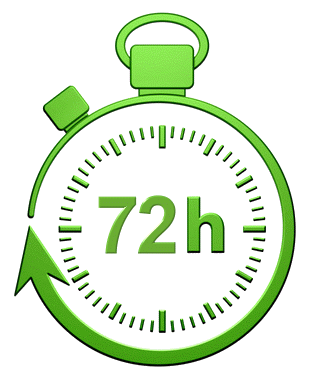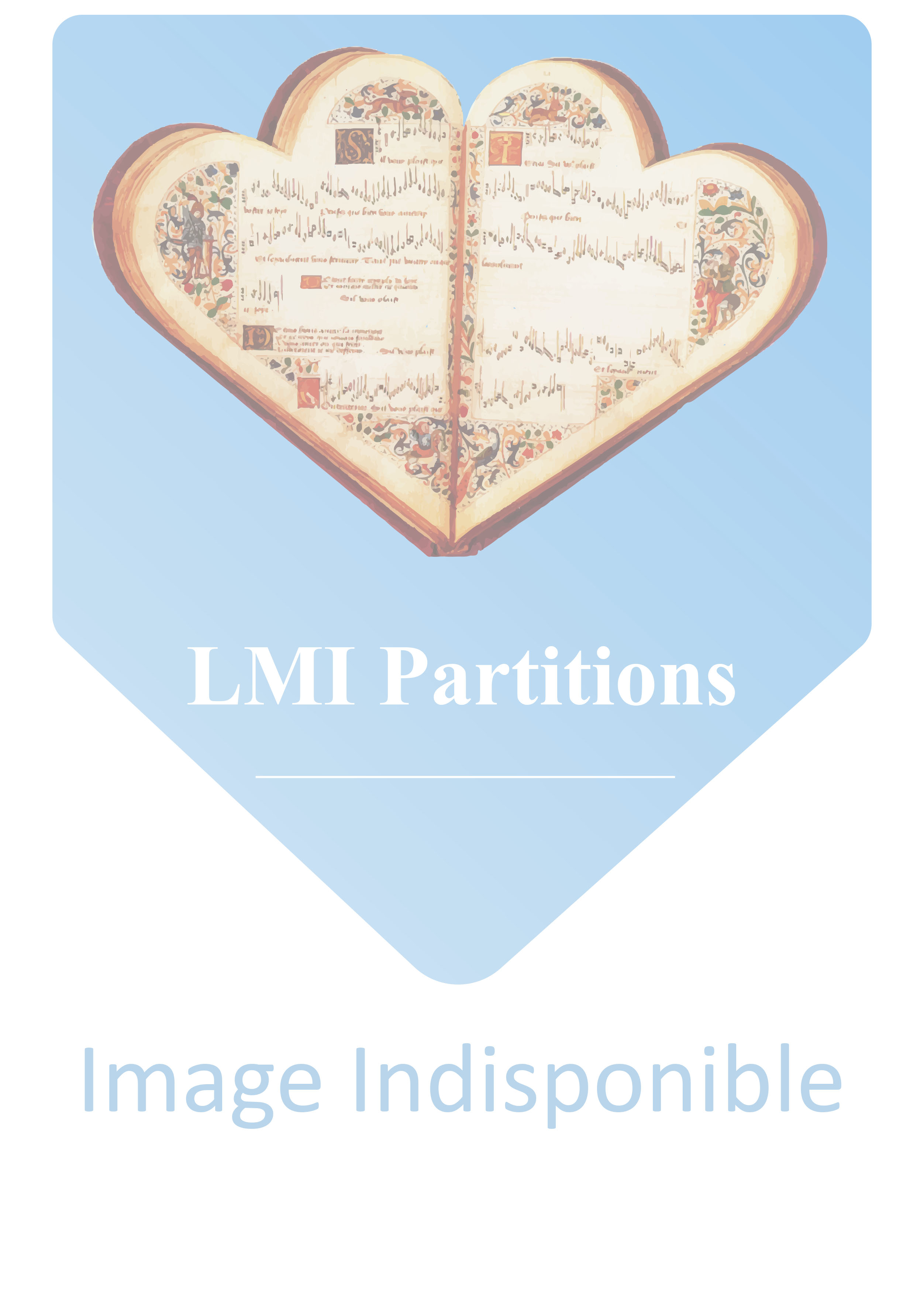Classique
Contenu
·
Zur Edition
Vorwort
Faksimiles
Ouvertüren:
Composer / Author:
Schubert, Franz
Ouvertüre "Der Teufel als Hydraulicus" D-Dur D 4
Instrumentation:
Orchester
Composer / Author:
Schubert, Franz
Ouvertüre D-Dur D 12
Instrumentation:
Orchester
Composer / Author:
Schubert, Franz
Ouvertüre D-Dur D 26
Erste Fassung
Instrumentation:
Orchester
Composer / Author:
Schubert, Franz
Ouvertüre D-Dur D 26
Zweite Fassung
Instrumentation:
Orchester
Composer / Author:
Schubert, Franz
Ouvertüre B-Dur D 470
Instrumentation:
Orchester
Composer / Author:
Schubert, Franz
Ouvertüre D-Dur D 556
Instrumentation:
Orchester
Composer / Author:
Schubert, Franz
Ouvertüre D-Dur D 590
Instrumentation:
Orchester
Composer / Author:
Schubert, Franz
Ouvertüre C-Dur D 591
Erste Fassung
Instrumentation:
Orchester
Composer / Author:
Schubert, Franz
Ouvertüre C-Dur D 591
Zweite Fassung
Instrumentation:
Orchester
Composer / Author:
Schubert, Franz
Ouvertüre e-Moll D 648
Instrumentation:
Orchester
Composer / Author:
Schubert, Franz
Anhang: Ouvertüre D-Dur D 12
Entwurf
Quellen und Lesarten
Notenbeispiele
Description :
In addition to his symphonies, Franz Schubert also wrote and handed down to posterity a total of eight finished concert overtures (two of them in two versions) between ca. 1811 and 1819. With the exception of the “Overture in D” (D 4) to the comedy “Der Teufel als Hydraulicus” (“The Devil as Engineer”) and the “Overture in D” (D 26), whose original title was cut out of the manuscript, they are all compositions which are associated neither with a drama nor a programme. They thus embody the type of the pure concert overture at an astonishingly early point in the history of music and are also in keeping with this terminologically by virtue of explicitly not having any other appellations whatsoever in the title: the epithet common for two works “in the Italian style” was only added posthumously.
Our volume sees publication for the first time of the “Italian Overture in C” (D 591) in its two authentic versions, this being in contrast to the performance tradition based on a potpourri of the sources. The widely handed-down but corrupted musical course of the “Overture in D” (D 590) has likewise been rectified for the first time.
Overshadowed by his symphonies, Schubert’s overtures have hitherto been largely undervalued both in their reception and in musical practice – including the “Overture in E minor” (D 648), which sees Schubert venturing into radically new spheres of expression to a greater extent than in virtually any other of his works.




 Gagnez un bon d'achat dès 50€
Gagnez un bon d'achat dès 50€
 30 jours pour changer d'avis
30 jours pour changer d'avis





